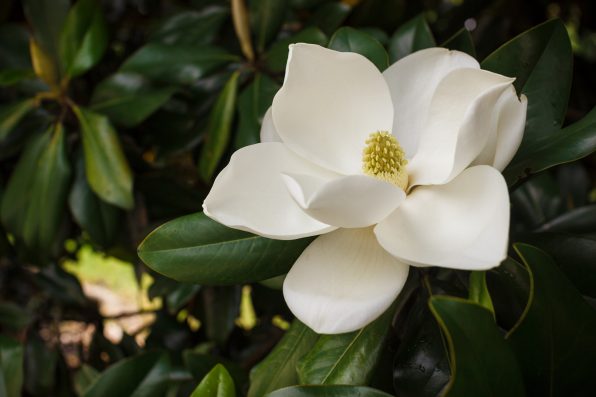The World’s First Wooden Satellite Is Made Of Magnolia Wood And Has Been Tasked With Combating Pollution From Space

This summer, Japan is set to launch the world’s first wooden satellite into space on a U.S. rocket. The LignoSat probe has been constructed using magnolia wood by researchers at Kyoto University and Sumitomo Forestry, a logging company.
If the LignoSat performs well in orbit, it could open the door for wood to be used as a material for satellites.
The timber satellite, which is about the size of a coffee mug, is meant to be an environmentally friendly alternative to combat space pollution from satellites made out of metals.
Wood is a biodegradable material that will simply turn to ash instead of harmful aluminum particles upon re-entry into the Earth’s atmosphere.
“All the satellites which re-enter Earth’s atmosphere burn and create tiny alumina particles, which will float in the upper atmosphere for many years,” said Takao Doi, an astronaut and aerospace engineer at Kyoto University. “Eventually, it will affect the environment of the Earth.”
As of January 3, 2024, there are 8,377 active satellites in orbit around the Earth. At the end of 2022, there were 6,718 active satellites.
In 2008, less than 1,000 existed. As more and more satellites are sent into space, space pollution is bound to become a bigger problem in the future if the proper precautions aren’t being taken now.
Researchers from the University of British Columbia in Canada found that when alumina is in the atmosphere, it can deplete the ozone layer, which is what protects us from ultraviolet radiation.
Increased exposure to ultraviolet radiation can lead to more cases of skin cancer, eye cataracts, and damage to crops and plants, affecting our food chains and ecosystems.

Liudmila – stock.adobe.com – illustrative purposes only, not the actual person
To tackle the matter at hand, scientists at Kyoto University carried out experiments to test what types of wood can withstand the conditions of space.
They discovered that wood was surprisingly sturdy. The wood samples they studied in laboratories that imitated the conditions of space showed no signs of change or damage.
Afterward, they sent the samples to the International Space Station (ISS). Magnolia wood, in particular, was found to be stable and resistant to cracking.
Several other kinds of wood were tested, such as Japanese cherry, but none proved to hold up as well as the wood from magnolia trees.
So, the satellite was built from that wood. It is believed that wood is so durable because there is no oxygen in space, which means that it can’t burn. In addition, there are no living creatures in space to cause the wood to rot.
The spacecraft is expected to launch on an Orbital Sciences Cygnus supply ship to the ISS or a SpaceX Dragon mission.
Sign up for Chip Chick’s newsletter and get stories like this delivered to your inbox.
More About:News